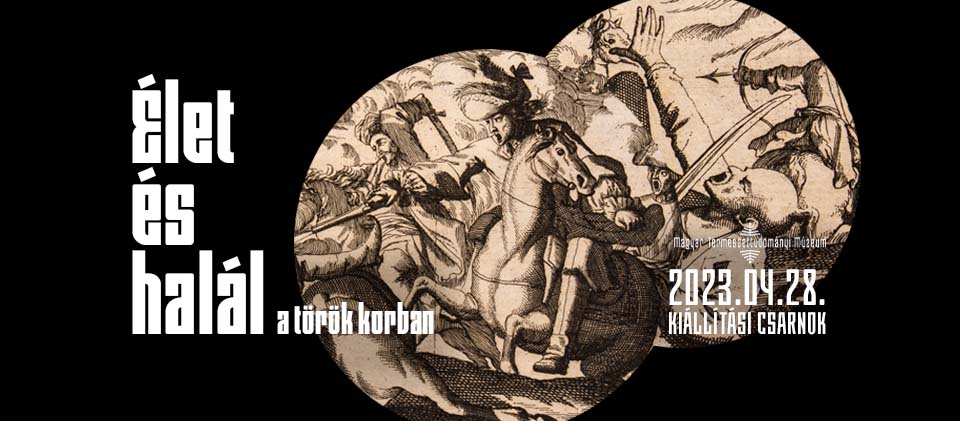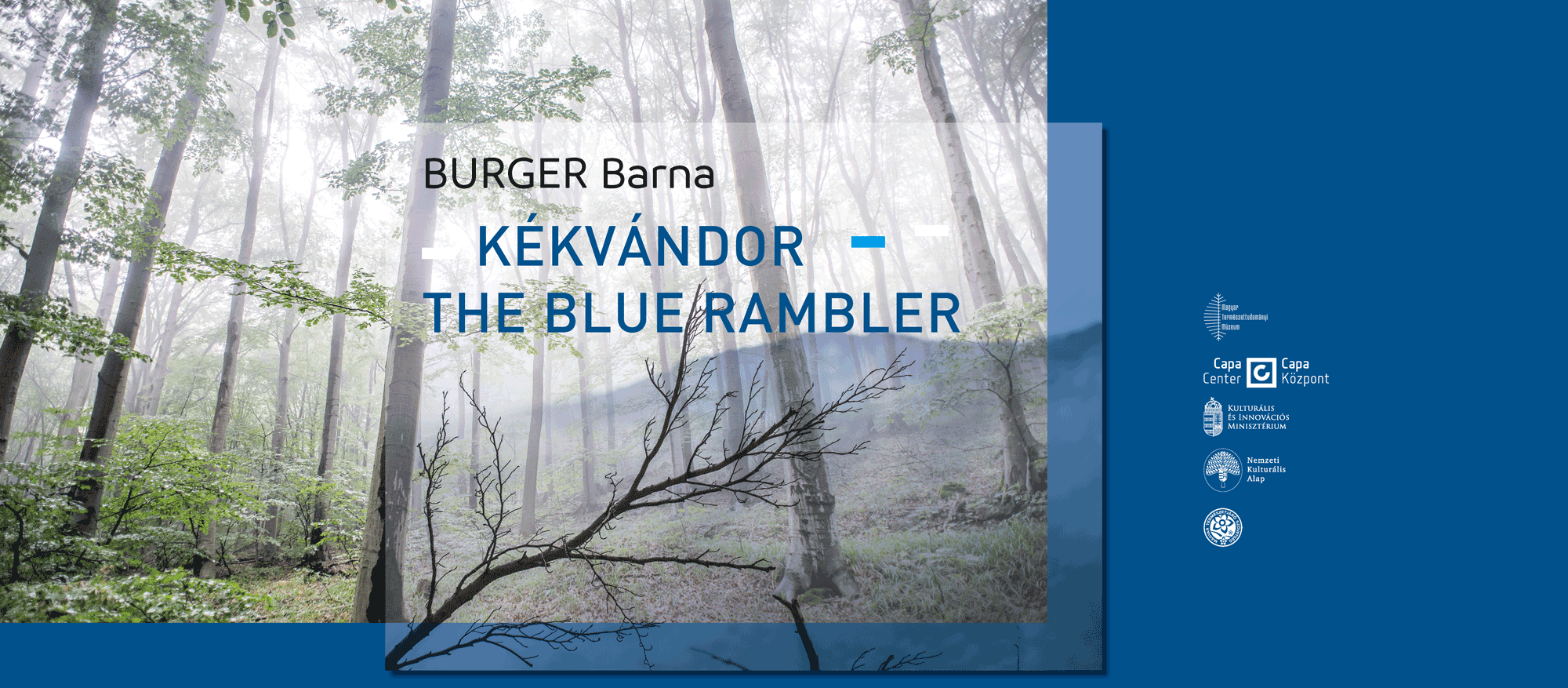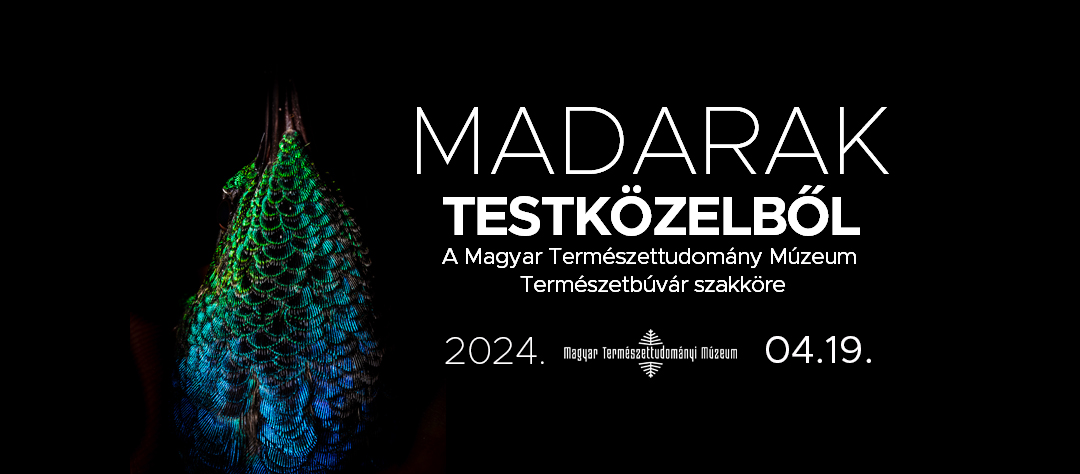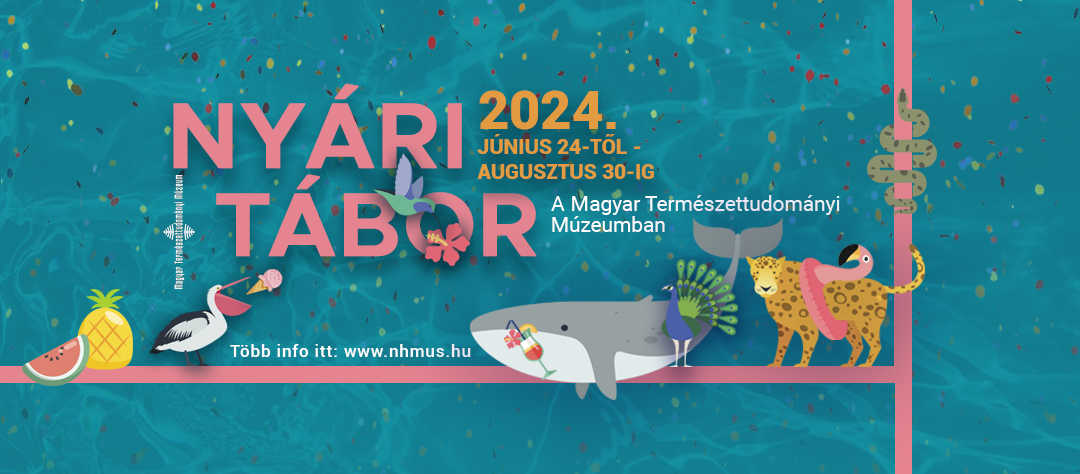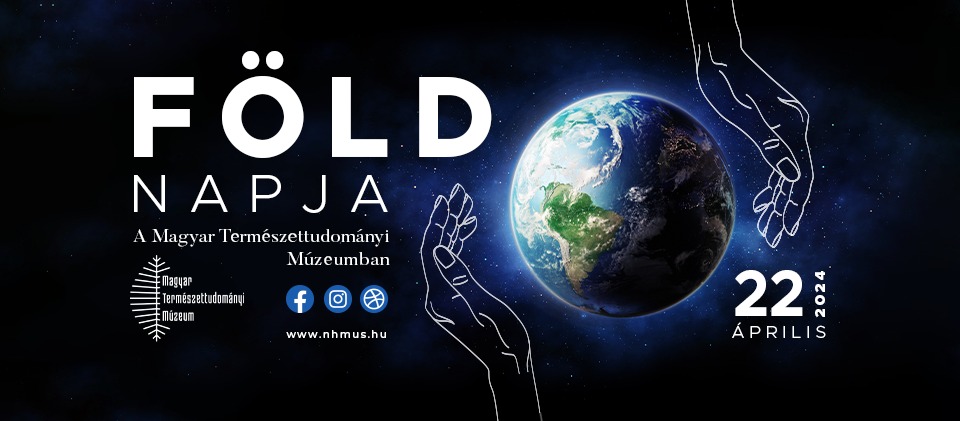Alejandro Pérez Ramos studied biology at the University of Valencia in Spain and worked on the evolution and the metabolic system evolution of mammals. After his master studies of paleontology at the University of Barcelona, he learnt about new virtual methods using CT scan data at the Catalonian Institute of Paleontology (ICP). Two years ago, he began his PhD at the University of Malaga focusing on the skull shape of carnivorous mammals and functional evolution. Alejandro Pérez Ramos has a research topic regardingthe Paleobiological Quantitative Characterization of Cenozoic Mammal Faunas and their Relationship with Global Climate change.
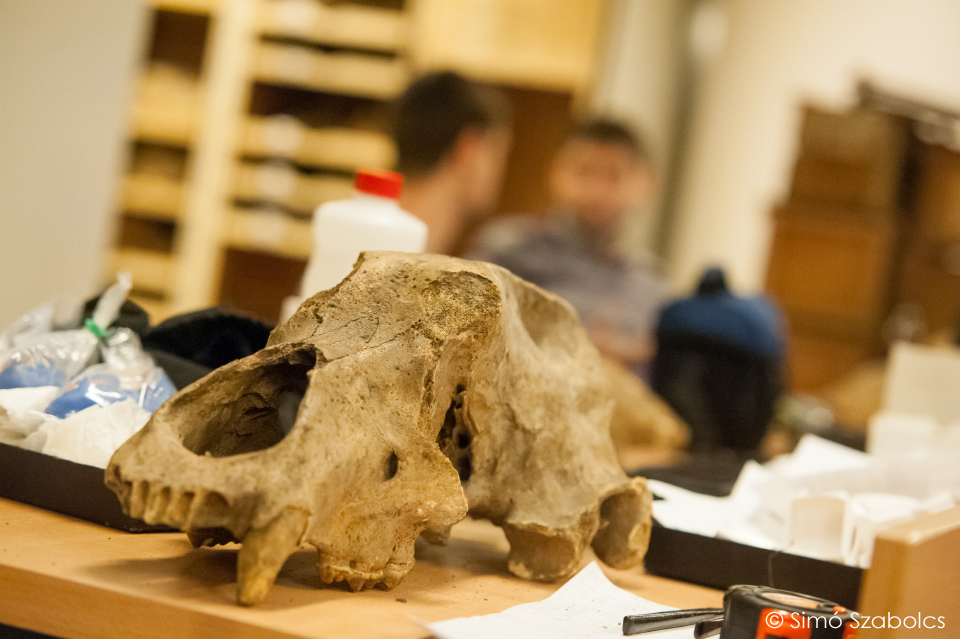
Could you introduce your research topic!?
In my PhD, I am exploring the evolution of the skull shape of carnivorous mammals, especially bears, to decipher different paleobiological aspects of the Pleistocene cave bear (Ursusspelaeus). This emblematical species inhabited Pleistocene ecosystems, a period with significant climatic and environmental shifts, has a significant fossil record. The family Ursidae (Mammalia, Carnivora, Ursidae) comprises several subspecies that adapted to different diets and environments. I use a Microscribe G2X to collect their craneodental morphology and I also use their dental topology to elucidate changes in diet that is a concomitant of changes of climate and/or habitat preference in the “cave bear group”: Ursusspelaeus (including Ursusspelaeusspelaeus, Ursusspelaeuseremus and Ursusspelaeusladinicus), Ursusingressus and Ursusdeningeri. All living bear species, except the giant panda (Ailuropoda melanoleuca) adapted to wide range of climatic conditions and diets, as they live from the arctic trough tropical forests and their diet range from hypercarnivory or insectivory to strict herbivory.
Therefore, by studying the dental topology associated with craneodental morphology for those specimens with data on isotopic signatures on bones and teeth, I would clarify which of these proxies are reliable indicators for predicting paleodiets of extinct mammals and also to obtain the relationship between the dental and cranial ecomorphological adaptation referred to lifestyle and diet. With all these morphometric data I will try to find out the causes of the extinction of the cave bear.
Could you describe the methods in detail?
The climate during the Pleistocene was changing between glacial and interglacial. The big mammals, such as the cave bear and lions disappeared. My job is to analyse the data from the CT scan and the 3D superficial scanner. I compare the current data of living mammals, especially ursids, with its ancestors. The family includes 8 species, for e.g. Polar Bear, Brown Bear, Black Bear, etc. They have various diets; the Giant Panda is herbivorous, while the polar bear is carnivorous. I try to figure out the diet of its ancestors to know if they were herbivorous, carnivorous, or omnivorous. I compare my data with the published isotopic data. The isotopic data works taking a little extract of the tooth and collagen of the bone. Depending on the material and the isotopes relative levels of 13C and 15N, you can distinguish the herbivorous, omnivorous and carnivorous diets. This method, however, is not that trustworthy because these isotopic levels depend on many variables (metabolism, age, sex, type of vegetation, etc.). In order to be able to draw a more reliable conclusion, I am working on a new method for correlating 3D models, geometrical morphometric, CT scans and also the photogrammetry. We compare the different morphological shapes with recent carnivorous mammals. I take this data to correlate for eg. brown bear with extinct bears.

Can you scan the skulls held here in the Hungarian Natural History Museum somehow?
The skulls held by this institute were preserved in an excellent condition. Unfortunately there is no CT machine here, so it would be great if Mihály Gasparik (the curator of the Vertebrate Paleontology Collection of the HNHM) could send the material to the University of Malaga for further investigation.
How did you get in contact with Mihály Gasparik?
Regarding the Synthesis grant I looked for material of cave bears in different European museums. Eventually, I chose the Hungarian Natural History Museum, I worte him and he was very helpful.The collection is very good and the skulls have a wonderful preservation.
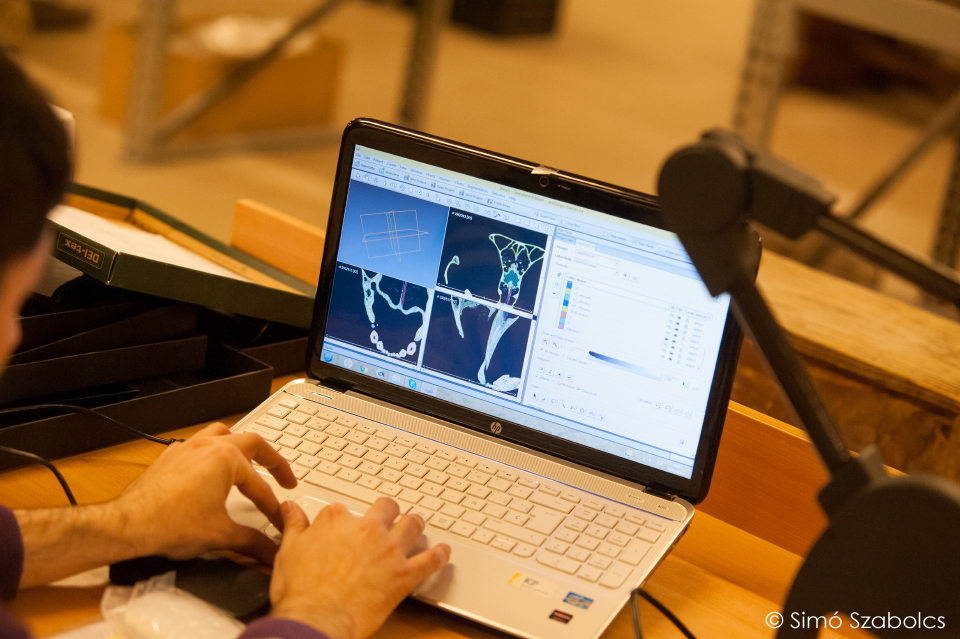
Where can we find cave bear fossils outside the museums?
The Ursus spelaeus spelaeus can be found only in the North of Spain, France, Belgium and the Austrian Alpes. The other species are U. speleaus eremus and U. speleaus ladinicus. These species are distributed in the North of Italy and Romania. Also in Romania there are a similar species named U.ursus ingressus that is similar to U. speleus. I send the pictures of skeletons from The Hungarian Natural History Museum to Spain to determine if it is a U. speleaus speleaus or U. speleaus ingressus. These cave bears are all extinct now.
What is the reason for their extinction?
Apparently the strongest hypothesis is that the climate changed to a cold period. The different groups lost their contact within each other and became extinct. I have been collecting data in order to analyse, describe and reconstruct the paleo environment. According to another hypothesis, other predators won the competition for the preys. This theory is confutable since cave bears were very likely herbivorous. They used to live in caves of high mountains where the amount of food decreased even more during the glacial period.
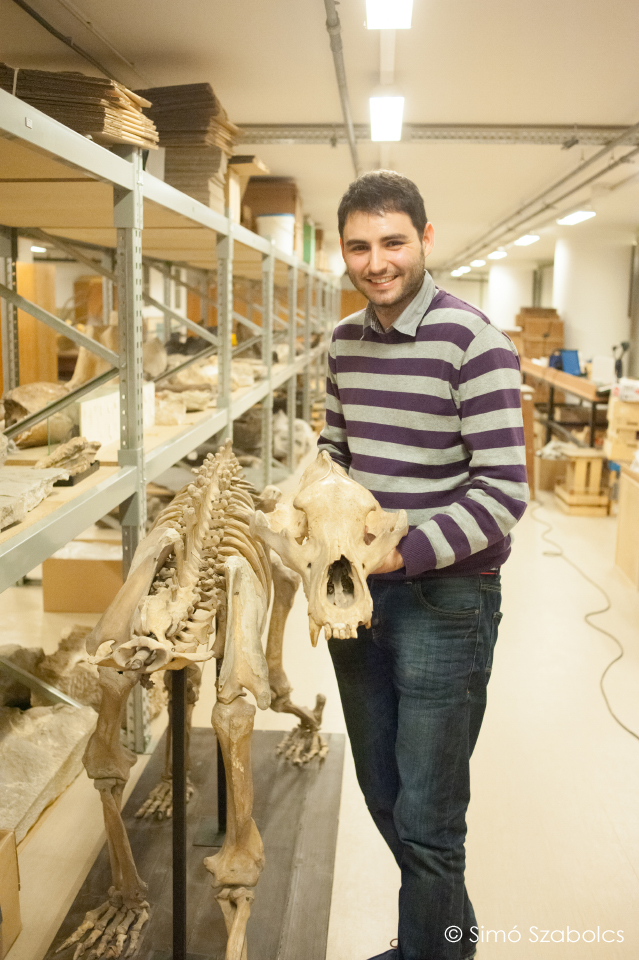
Could one of the reasons of the extinction be human hunting as in the case of mammoths?
There is no evidence for hunting cave bears. However the cave bears and the ancestors of the humans coexisted together.
What are your future plans?
My major future plan is to spend 3 months in Washington D.C. for gaining data of living carnivores at the Smithsonian Museum. After that, my goal is to publish all of my results and finish my PhD project.
Written by: Bernadett Döme, Krisztián Kucska
Photos: Szabolcs Simó
